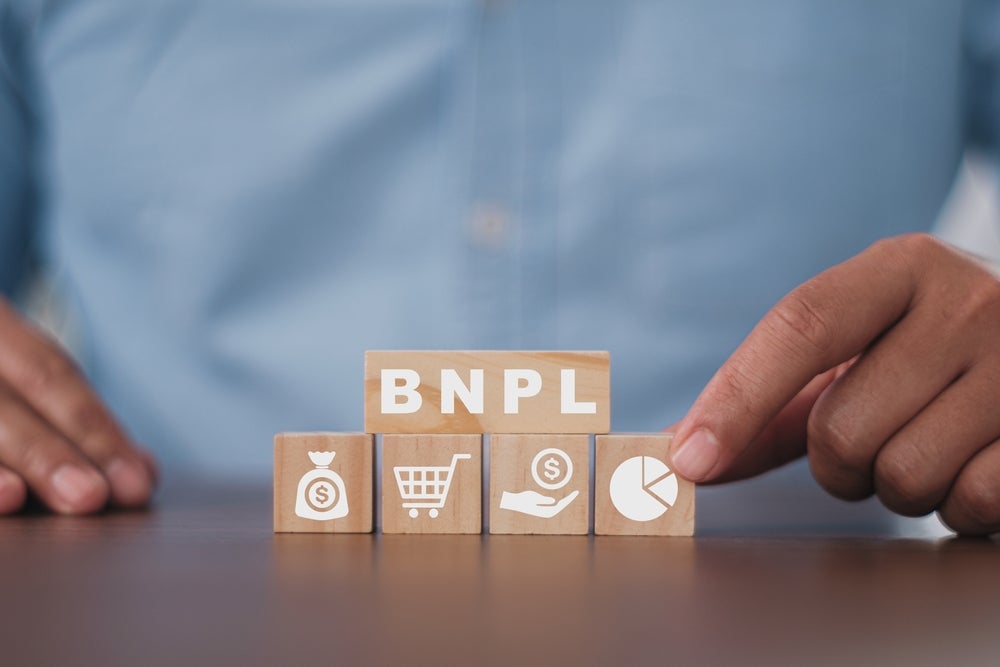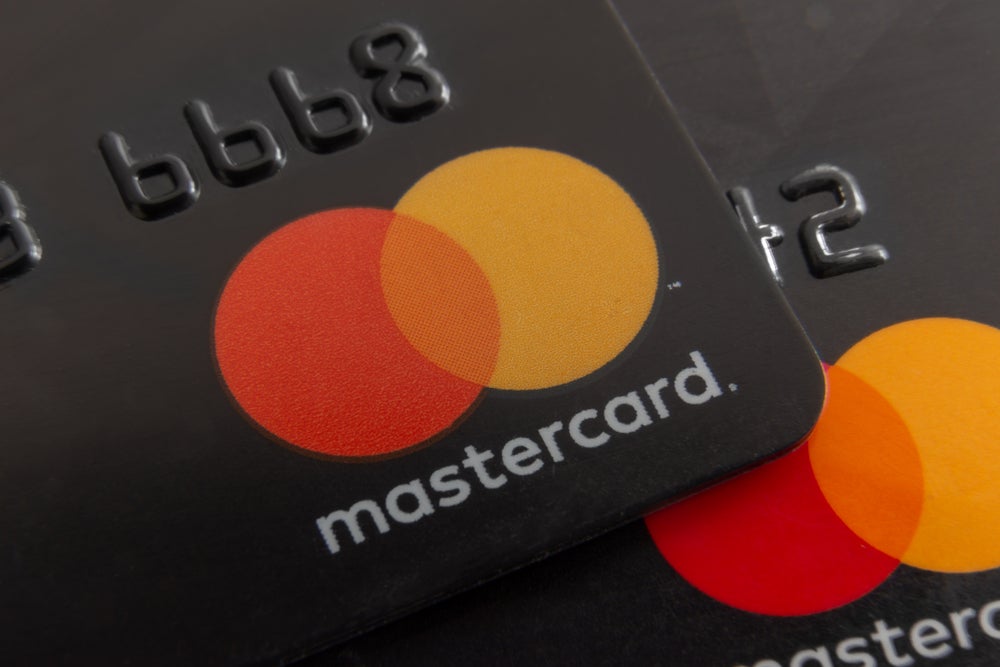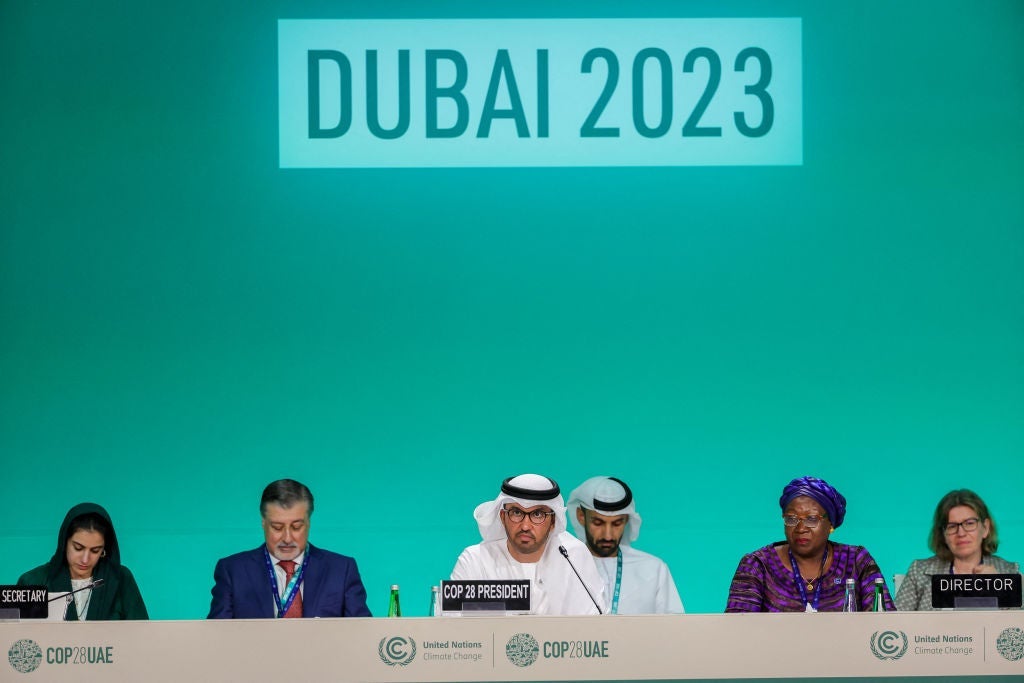
Rewards programmes have been threatened by Covid but the pandemic also represents an opportunity for banks and card issuers to redefine loyalty as a key part of their marketing mix, reports Douglas Blakey
Let’s get the bad news out of the way first. There are too many rewards schemes and and more and more consumers sign up to loyalty programmes with so little engagement that their involvement quickly becomes dormant.
Still on the bad news theme, there is an increasing volume of evidence that younger consumers are less loyal overall. Moreover, they are more likely to switch providers for what appears to be a stronger proposition, even if they are satisfied with their current financial services provider.
For understandable reasons, banks and card issuers are tempted to incorporate an increasing number of products into their loyalty programmes. But at the same time, an unintended consequence is often that they run the risk of over-complicating matters. Rewarding custom across a range of products is ostensibly appealing, but it still needs to deliver clear value in order to win over consumers.
Consumer fatigue
A report from GobalData released at the start of the year, ‘Loyalty in Financial Services’ highlights the dangers of consumer fatigue.
Some banks even run multiple and overlapping reward programmes for the same clients. For example, in Australia Commonwealth Bank (CommBank) has an Awards programme for some of its Mastercard credit card customers, as well as a Rewards programme to incentivise use of all its payment cards.
How well do you really know your competitors?
Access the most comprehensive Company Profiles on the market, powered by GlobalData. Save hours of research. Gain competitive edge.

Thank you!
Your download email will arrive shortly
Not ready to buy yet? Download a free sample
We are confident about the unique quality of our Company Profiles. However, we want you to make the most beneficial decision for your business, so we offer a free sample that you can download by submitting the below form
By GlobalDataWhile on the back end there are big differences around who pays for the scheme and benefits from the information, to consumers it is simply another loyalty programme to keep tabs on. The mental clutter of keeping track of multiple programmes – some even with the same institution – potentially lessens the benefit in the eyes many consumers.
Consumers consider loyalty schemes important, especially those from financial services players. In a 2017 Asia Pacific survey, Mastercard reported that 47% of respondents classified their financial services loyalty programme as the “most important” loyalty programme they were enrolled in; the second most important programme type, retail, was picked by 29%.
Additionally, numerous studies show high levels of enrolment. GlobalData’s UK research shows eight in 10 consumers are signed up to at least one programme, while KPMG recently reported that active participation in schemes ranges from 30% in France to 61% in Australia, averaging 40% globally.
Elsewhere, Forrester research found that half of US consumers are members of at least one bank or credit card programme. However, in terms of fortifying loyalty, strengthening customer relationships, and driving acquisition, factors other than rewards have a stronger influence than loyalty programmes.
KPMG’s research shows that three quarters of respondents identify “product quality” as key to sustaining brand loyalty, while “points and rewards” was most important to 37%. In the UK, the strongest customer relationships were linked to banks that customers felt “stood out,” listened to them, and offered good financial advice. Although important, rewards had far less of an impact on relationship strength as per the findings of PaperBoat Insight’s study on the effects of the pandemic on banking satisfaction.
And GlobalData’s 2020 Banking and Payment Survey shows that transparency, simplicity, and reputation are the three features considered most important when choosing financial services companies, with rewards ranked ninth. So, for many banks, the inclusion of a loyalty programme is seen as a hygiene factor but customer enrolment does not automatically guarantee engagement – a necessary first step to encouraging actual loyalty to the brand.
Customer engagement
Although loyalty programme enrolment levels are relatively high, the number of programmes customers are signed up to represents a further challenge. Mastercard research in Asia Pacific revealed consumers had access to an average of 7.6 loyalty programmes per person (and as high as 11 per person in India).
Capgemini research from 2015 found that the average US household had enrolled in 21 loyalty programmes. Our UK research shows that over half of loyalty scheme users are signed up to three or more programmes, with 20% belonging to five or more.
Active involvement in schemes varies by region, but at a global level KPMG reported that 59% used their favourite scheme less than once a week (and 96% agreed that loyalty schemes could be improved).
In the US, Capgemini reported that under half of the 21 schemes joined by the average household were actively used, and that over half had “abandoned” at least one programme in the past year. These programmes still represent a cost to the companies providing them however, with less benefit accruing to the company as a result.
Programmes are ultimately abundant but underused, and it is not only the volume of schemes that is driving this dormancy. Meantime, in the US, JD Power reports that the average credit card customer has over a dozen loyalty benefits available to them. While a comprehensive understanding of those benefits translates into significantly higher customer satisfaction, in reality only a third of customers fully understand the full range of benefits.
For programmes to succeed in a crowded and complex market they must be not just relevant, engaging, and distinctive; they must also weather a rapidly changing range of additional challenges.
Covid threat to rewards
Some loyalty schemes have not survived the initial impact of the pandemic. Many long-established, well-known brands have had to downsize, with some falling into administration or bankruptcy. This has been a concern for customers who use these brands’ loyalty programmes – especially those who have accrued a high number of points only to see schemes suspended.
In Australia, when Virgin Airlines went into administration its associated frequent flier programme (Velocity, a separate company) eventually halted redemption after a “run” on points. The company’s recent sale to Bain Capital saw the new owners announce it will retain the programme, and that customers will not lose existing points. Although potentially good news for customers, the nature and value of the revised programme is yet to be clarified.
Other examples show varying impacts on loyalty programmes across a range of industries. Hertz filed for bankruptcy in the US but is still trading globally. Loyalty points can still be redeemed against car hire, but some reports state they cannot be transferred to partner brands.
The airline Thai Airways is undergoing restructuring while in administration. Points redemption and transfers have been suspended during this process.
And in retail, JC Penney, J Crew, and Neiman Marcus in the US are all in administration. Individuals with store cards have been advised to redeem rewards before the brands close altogether, otherwise any accrued points will be lost.
With international travel for business and leisure more or less killed off meantime by the pandemic, travel programmes are struggling to remain relevant.
So, cardholders with benefits aligned to stricken sectors such as air travel are not able to realise the value of the rewards programme. And when those cards have annual fees this disconnect significantly devalues the programme. This places additional pressure on airline- and travel-related cards, which have already been hit hard by travel restrictions.
Response to Covid: how issuers are fighting back
Canny rewards programmes managers will emphasise the longevity of their schemes and refocus rewards. Two strategies deployed by airline and travel programmes during the early stages of the crisis focused on the longevity of earned rewards, or using points for other benefits.
In the UK for example, British Airways’ Avios points have a 36-month shelf life, meaning that accumulated points would not have expired during the UK’s initial lockdown, and that points earned subsequently would not have to be redeemed against travel or travel-related benefits until well into 2023.
In Australia, loyalty programmes from Qantas and Virgin have been called “the airlines’ best hope of pulling through the Covid-19 crisis. Members have continued to earn points via fuel and supermarket purchases, with Qantas Wine recording a “record number of cash sales” as customers boost their points further. As lockdown eased, points were redeemed on domestic flights and hotel visits, with commentators speculating that consumers still have their eye on international travel in the long term and are therefore continuing to accrue points for that purpose.
Meantime, a number of financial services companies are working together with retailers to mobilise loyalty schemes in an attempt to bolster the struggling retail sector as customers move increasingly online. If successful, this is mutually beneficial to both issuer and merchant, and delivers additional value to the customer.
The pandemic has resulted in a move to minimise physical contact at the POS. Alongside the accelerating worldwide decline in the use of cash, many countries with contactless payment limits for plastic cards have increased those limits (doubling them in Australia and across most of Europe). As a consequence, the greater use of contactless payments keeps the physical card at top of wallet and in regular use, as opposed to potentially an increase in the use of mobile wallets.
Best practice examples amid the pandemic
Marks and Spencer’s Sparks programme was relaunched in 2020 and with some tweaks, the retailer has breathed new life into the programme amid the pandemic.
The programme launched in 2015 as a points-based scheme that gave customers access to sales, events, and prize draws (rather than discounts or cash). While an app could be downloaded to manage the scheme, its primary collection method was a plastic card.
Following consultation with 250,000 of its programme members, M&S relaunched the scheme in 2020. Customers found the original programme confusing, so points and tiered sales access were removed. As of 2020 the scheme has 7 million members.
Internally, Sparks will be used with other data collection platforms (e.g. M&S Bank) as part of the brand’s evolution into a data-driven business. Externally, it will help support customers with the financial challenges posed by the pandemic.
In Hong Kong, MoneyBack opened up to help retailers and consumers through the pandemic. AS Watson invited new merchants to join MoneyBack for free in July 2020, incentivising offline spending with multiple retailers, and offering free face masks to help encourage a safe return to the high street. In partnership with HSBC‘s RewardCash credit card, MoneyBack members can move points between multiple non-related schemes to maximise the flexibility and value of rewards.
In Italy, Flowe was launched by Banco Mediolanum in July 2020. The new brand is focused on integrating a financial management platform with self-improvement and sustainability measures. Gamified loyalty scheme Arcadia allows customers to play to earn gems, as well as rewarding their links with social media influencers.
As well as offering secure money management, the new programme includes distinctive features, some of which are offered alongside eco-focused partners. Arcadia also rewards participation with “gems” that can eventually be redeemed at a range of retailers for discounts and gift cards, as well as promising “adventures, admissions, and discounted stays” for experiential rewards.







